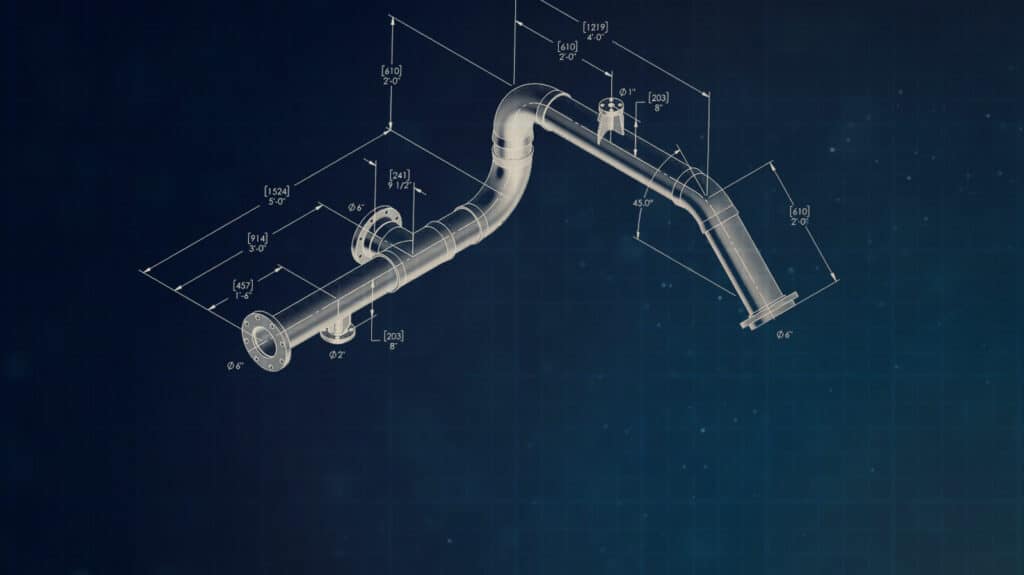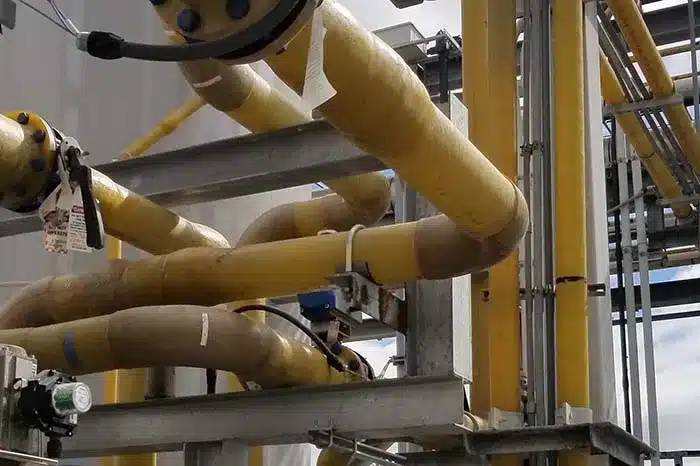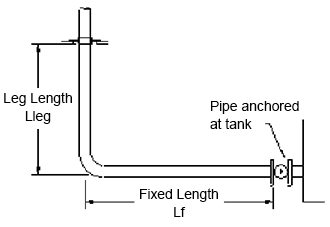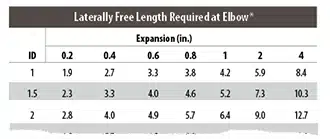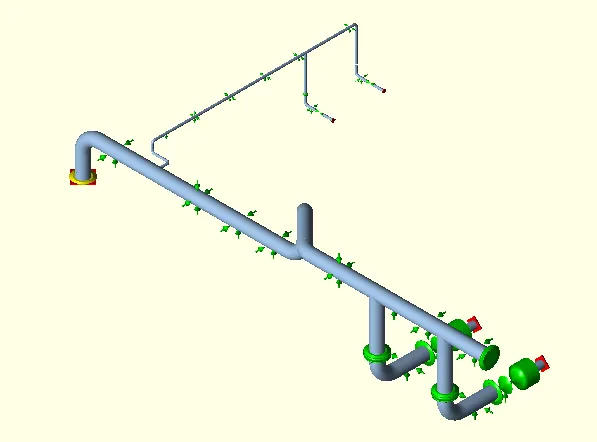In our three previous articles, we looked at pressure design of FRP piping components including pipe, fittings and joints, and flanges. This aspect of piping design is sometimes referred to as “hoop” design of the piping given that the only hoop stress that piping components are normally exposed to is pressure. But who normally carries out that pressure design of components, and what are the next steps in the piping system design process? The answers to these questions are the subject of this article.
The piping system Designer is responsible for ensuring that the selected piping components are suitable for his/her piping system’s design conditions. In the case of metallic piping, the Designer will often carry out pressure design calculations to demonstrate the adequacy of the selected components, particularly non-standard components. But given the specialized nature of FRP piping, the task of pressure design of the piping components is typically left to the manufacturer. For example, RPS has developed a number of piping systems that are suitable for pressures up to 150 psi (10 Bar). These include HPPE P-150, HPPE H-150-200, and HPPE MAXAR™. RPS ensures that all components within those product lines are properly designed for the stated design conditions of pressure and temperature. If none of the RPS standard product lines are suitable for some reason for a specific application, RPS engineers will custom-design piping components that will meet the needs of that application.
Once the piping components have been properly designed for pressure, it is necessary to ensure that the piping system can safely carry the other loads to which it will be exposed. This aspect of piping design is sometimes referred to as “axial” design as the loads of interest usually give rise to just axial stresses.
